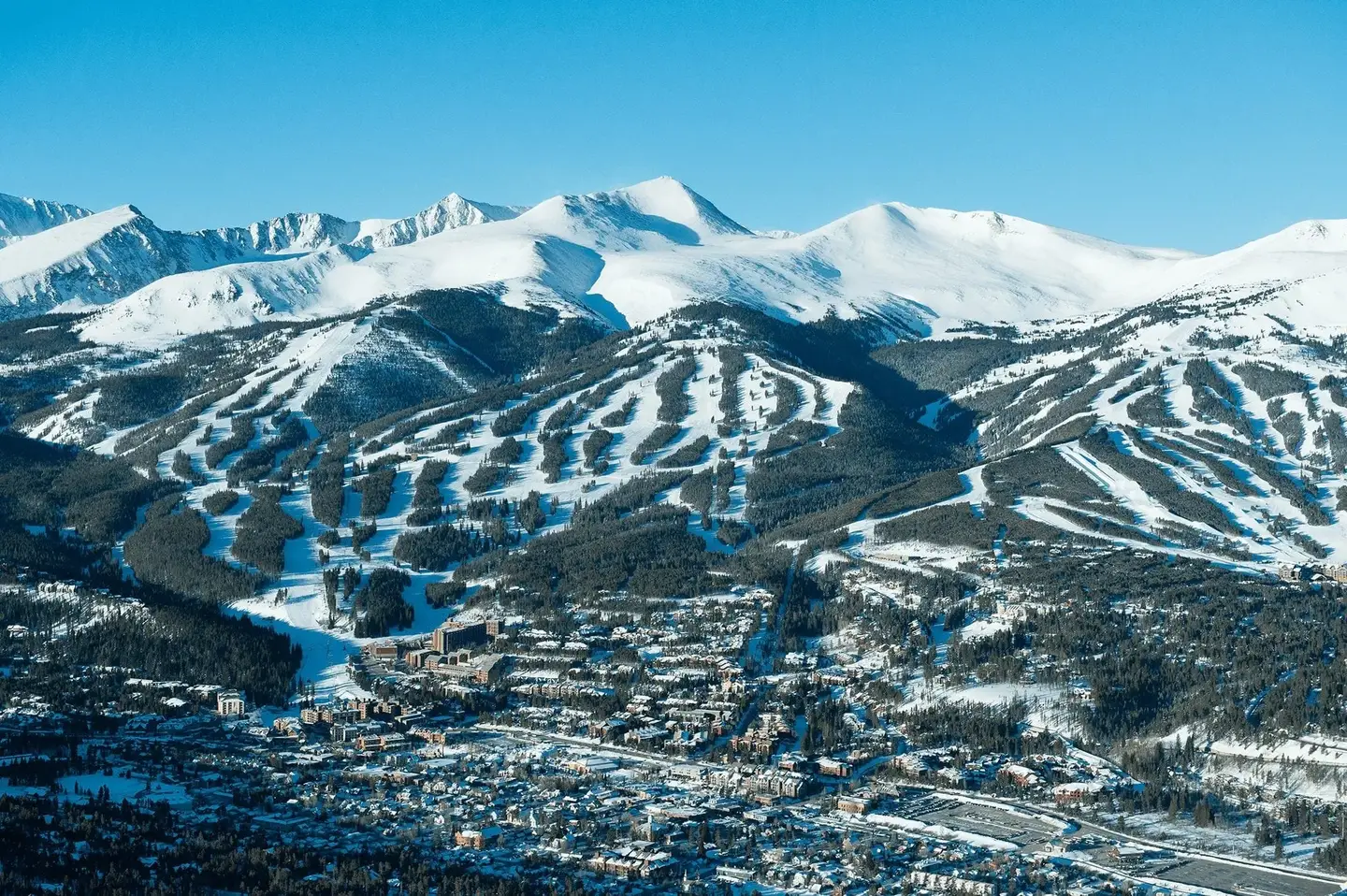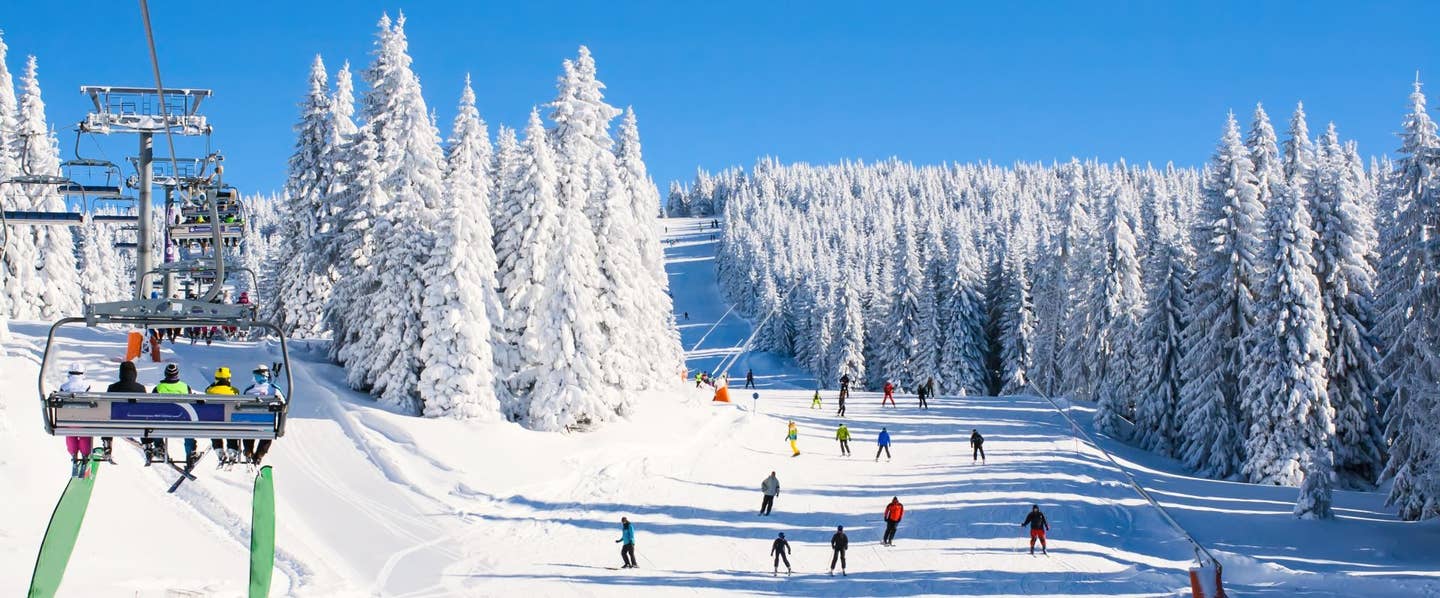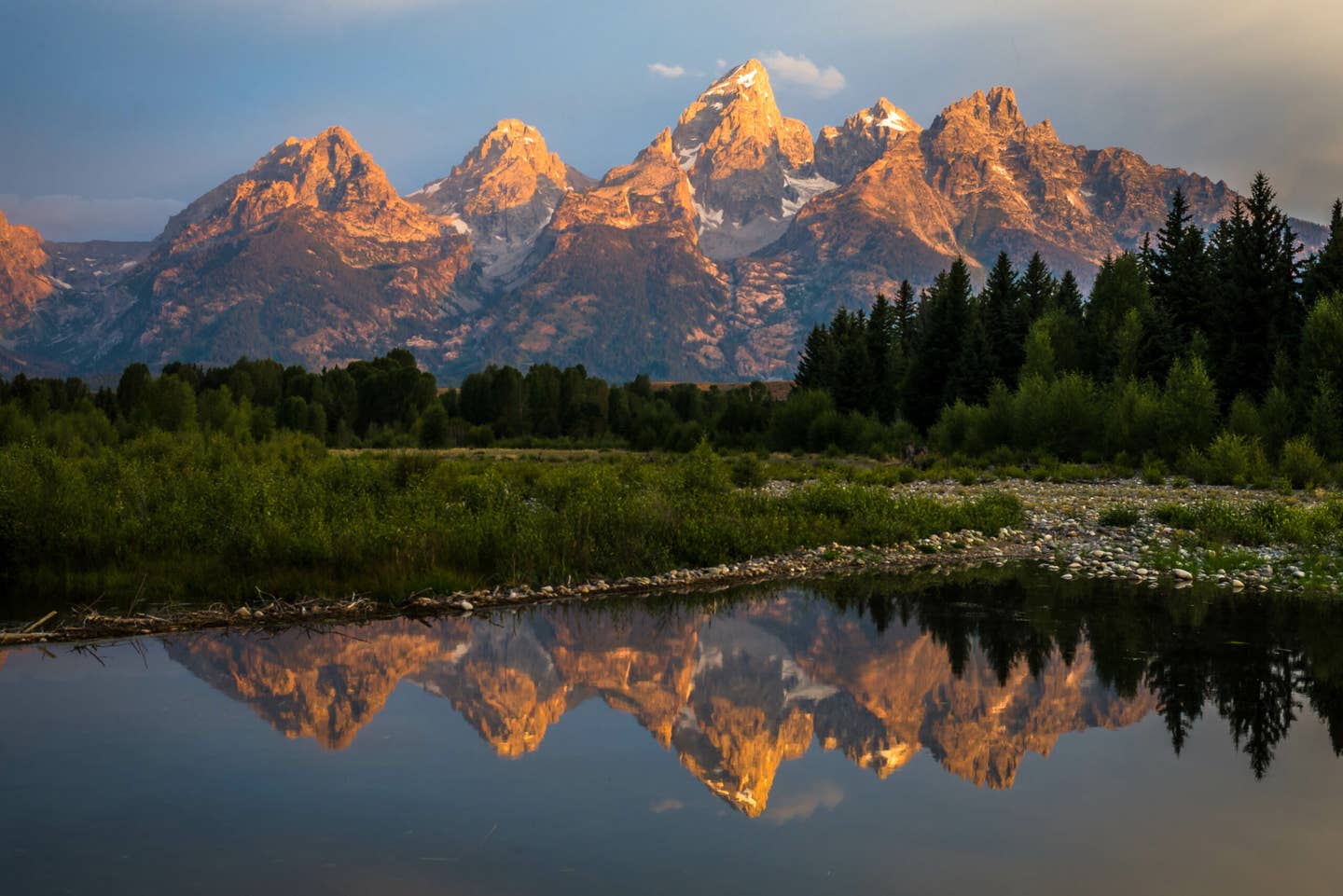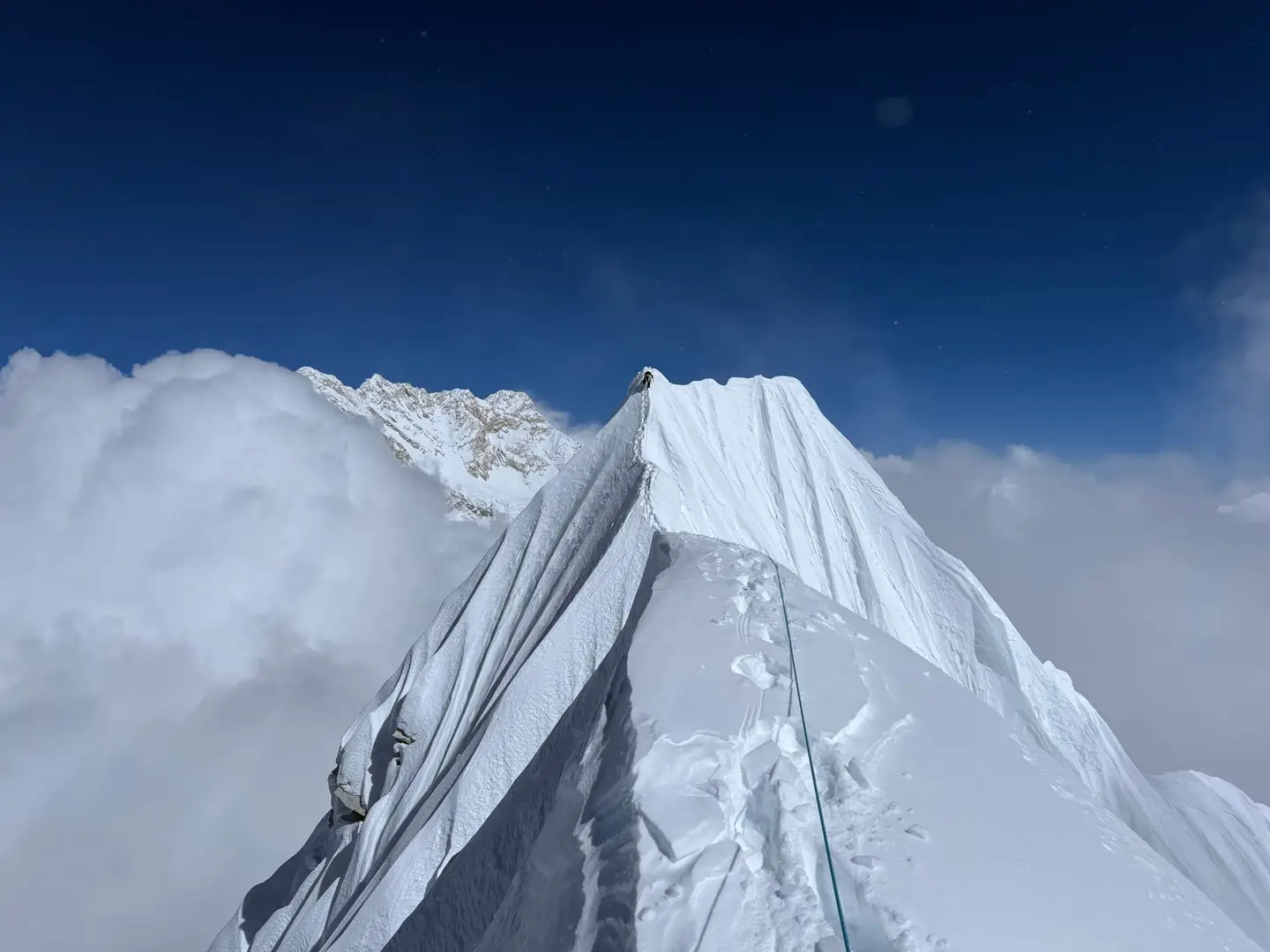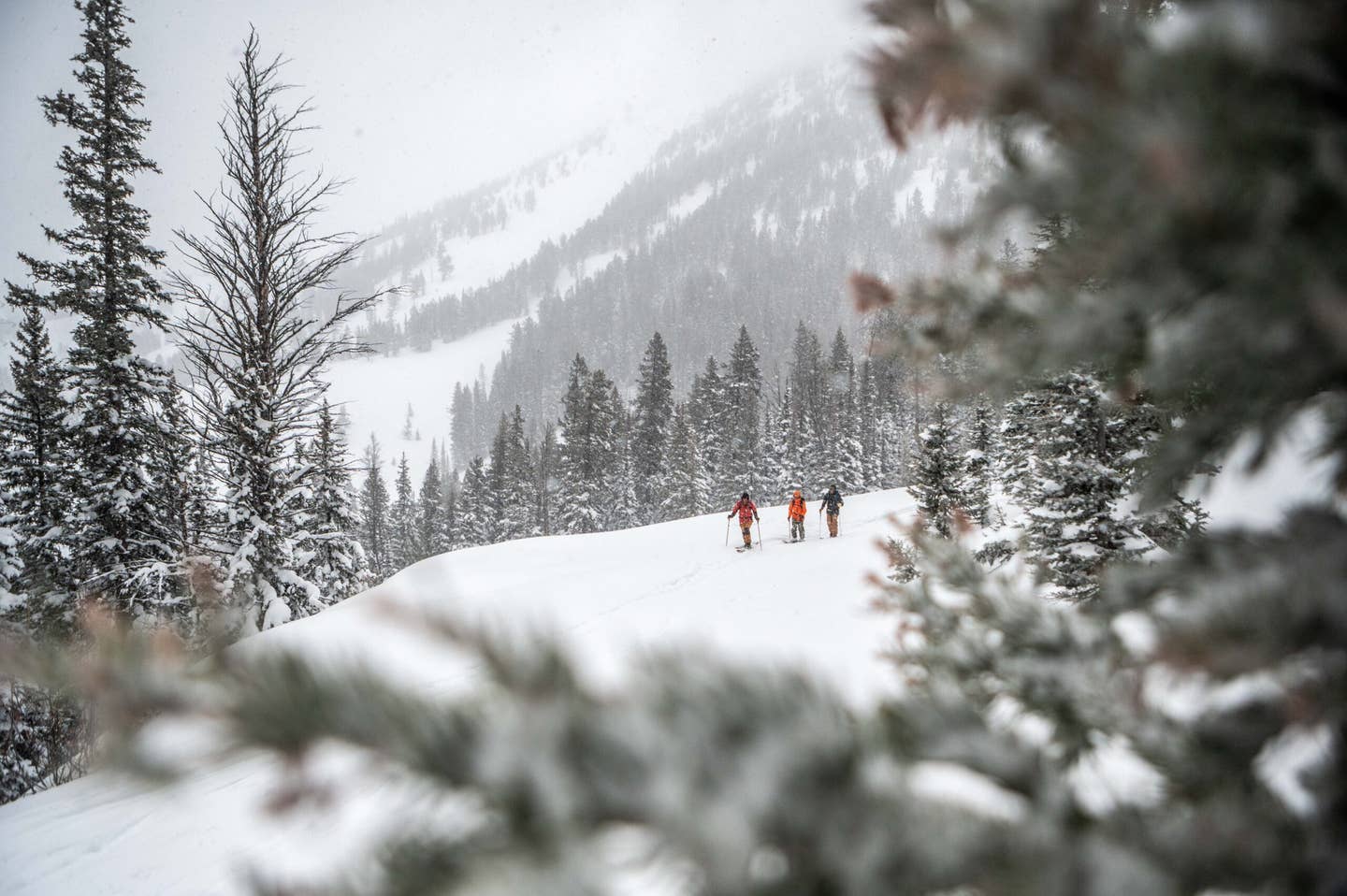

Safety Week: Moving Through the Mountains
Popular Stories
Exploring the backcountry can be an amazing experience, but it also comes with added risks, like the danger of avalanches. While you can't completely eliminate the risk of an avalanche, there are steps you can take to avoid this hazard and stay safe.
First and foremost, it's important to have the proper training and education on how to identify and avoid avalanche terrain. This can include taking an avalanche safety course or hiring a guide who is trained in avalanche safety. During your training, you'll learn how to assess the snowpack, recognize red flags indicating unstable conditions, and use tools like an avalanche beacon, shovel, and probe to locate and rescue someone buried in an avalanche.
If you choose to enter avalanche terrain, think about minimizing the risk you are exposing yourself to. Always ski or ride one at a time, identify safe zones on your run, and do your best to understand what's going on in the snowpack on that specific slope.
Some days, where avalanche danger is unpredictable or there are specific problems like a persistent slab that are on the forecast, it might be best to just avoid avalanche terrain.
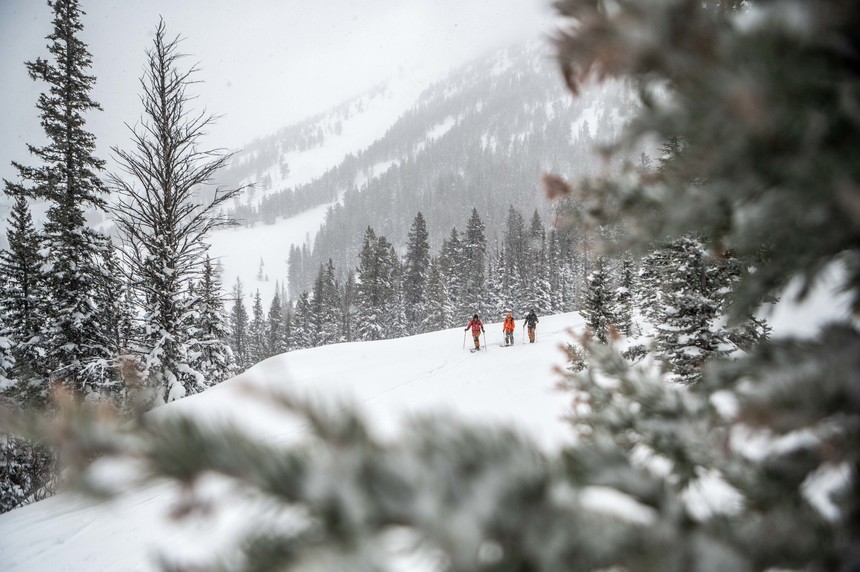
The best way to avoid avalanche hazard in the backcountry is to stick to lower-angle slopes. Slopes that are steeper than 30 degrees are more prone to slide, so always think about minimizing your amount of time spent in avalanche terrain. Even if you plan to ride steep slopes, look for uptracks that stay out of avalanche terrain. On low-angle terrain, avoid riding directly under cornices or steeper overhead terrain, as these can break off and trigger an avalanche. Break out your slope meter or even your smartphone's inclinometer app to get quick readings on slopes around you.
There are several online tools that can help you plan a day before you ever leave the house. Always check your local backcountry avalanche forecast before heading out, and you can use CalTopo, OnX, Fatmap or other mapping apps to check the slope angle and determine other hazards of your intended route. All these apps have filters or overlays that will color-code terrain based on its slope angle.
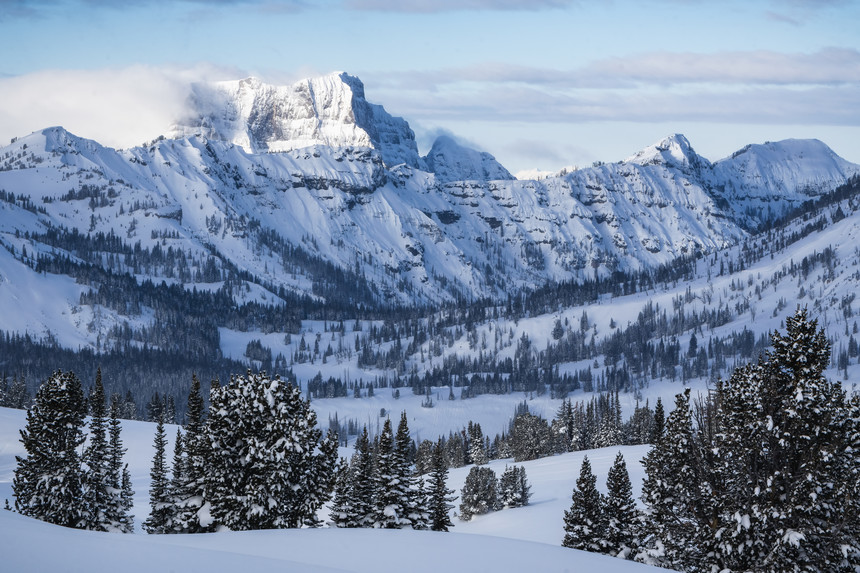
Keep an eye on the terrain around you and look for signs of previous avalanches, such as debris piles or shattered trees, which are a direct indication that an area is prone to avalanches. Damaged trees with missing branches, or trees that are missing below the tree line can all be indications of avalanche activity. In the professional world, this is considered "class-1 data," evidence that trumps anything you may find in a snowpit or using other tools.
Another way to avoid hazards is to pay attention to the weather and snow conditions. Avalanche danger can quickly increase when the weather is unstable, such as when there is a high wind, it is snowing heavily, or there are rapidly warming temperatures. High winds can cause snow to accumulate on the leeward side of a mountain, and can result in a wind loaded slope and wind slab avalanches. According to the American Avalanche Association, wind is often the most significant factor in avalanche accidents. Wind-drifted snow can add weight to an already weak layer of snow and can form slabs that easily fracture.
Sign Up for the TGR Gravity Check Newsletter Now
It's also important to be aware of any terrain traps along your route. These are areas in the backcountry that can increase the risk of an avalanche, such as gullies, cliffs, and trees. Terrain traps can make it more difficult to escape an avalanche or to rescue someone who has been buried.
Before you head out, make sure you have a clear understanding of the terrain and any potential traps along the way. This can help you to plan a safer route and avoid areas that may be more prone to avalanches. While everyone loves a good tree run, know that trees can also act as terrain traps in the case of an avalanche.
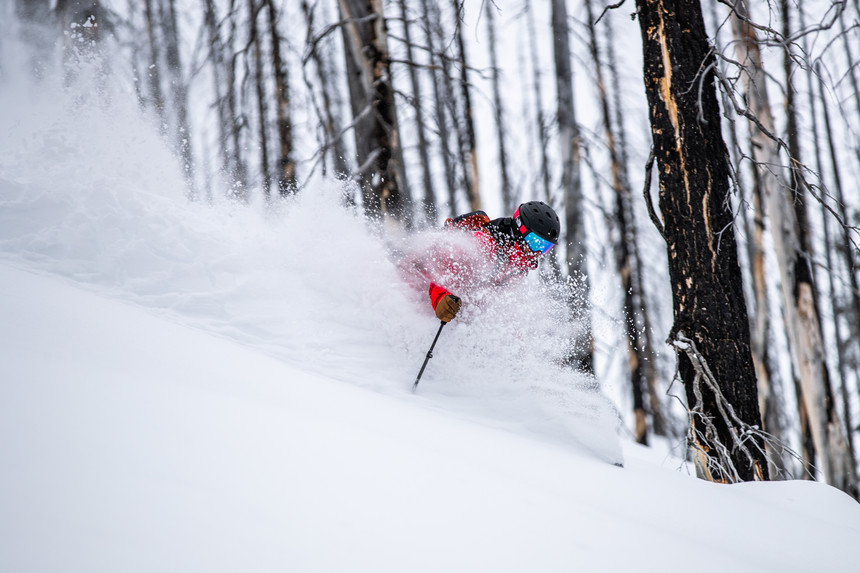
When you're out skiing, it's important to ski with a partner or in a group. Pool together your collective observations while traveling and make route decisions as a team. While we don't recommend it, if you're skiing alone, it's crucial to let someone know your plans and your expected return time. This way, if something goes wrong, someone will know where to look for you.
If you do enter avalanche terrain and feel uncomfortable with your risk exposure, try to move to a safer location, such as a ridge or a patch of trees.
While there is no way to completely eliminate the risk of hazards in the backcountry, there are steps you can take to safely manage traveling through the mountains in winter. These include getting proper training and education, avoiding avalanche terrain, paying attention to the weather and snow conditions, skiing with a partner or in a group, and having the proper safety equipment. TGR's athletes and crew follow these basics every day we head into the backcountry, and so should you!
